A sweet watermelon has a brown stem and you will find fresh chicken by checking the packaging date. Even if you think your shopping bag is full of fresh products, you may not have used all your senses to choose the best one.
Touching the correct part of a melon or checking the negative shape of the pepper can make a difference in the flavor of our dishes.
We’ve collected 7 healthy foods and put together a trick-filled guide on how to choose items for the freshest menu.
How to Choose the Right Food for You
How to Choose Bread
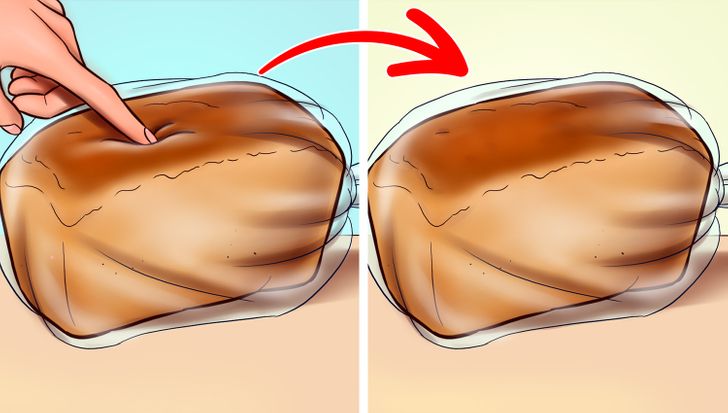
Go to the ingredient label and find the first word on the list. If it’s “whole wheat flour,” you’ve made a good choice. This flour will give you more fiber and vitamins than “enriched bleached flour”.
Lightly press the bread. If it returns to its original shape, it is a great quality bread. If your fingerprint remains on the bread, it may be a sign of an incorrect cooking process or that it has been previously frozen.
How to Choose Chicken
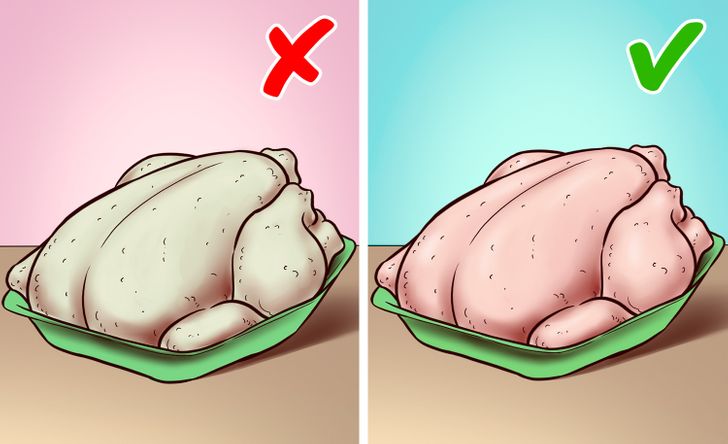
We need to check the different colors of the cut. If it has skin, it should be paler than flesh. If the chicken skin is yellow or light brown, leave it on the shelf.
The flesh must be firm, white to light brown, moist, and bloodless. Also, be careful with the edges. If they look dry, don’t pick it.
Don’t check the expiration date, check the packing date. If it is in the container for more than 2 days, leave it in the supermarket.
How to Choose Watermelon
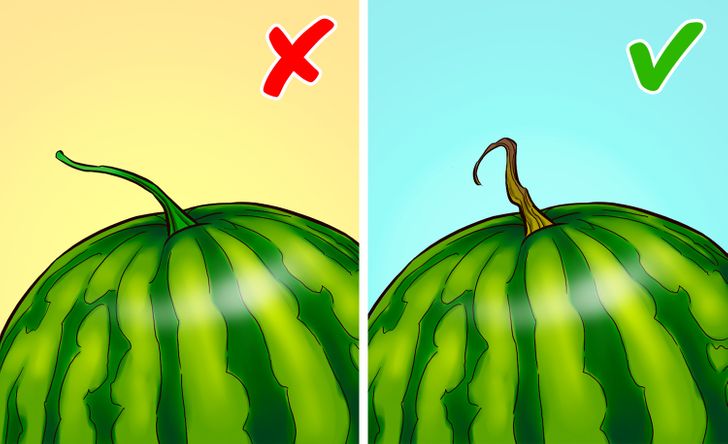
Look at the tail of the stem. If the watermelon has a dry brown stem, it is ripe and ready to eat.
Check the intensity of the yellow areas of the watermelon. This yellow part corresponds to the time that the fruit has been resting on the ground connected to the plant. If it has a dark yellow spot, it will be a sweet watermelon.
To detect a good one, we need to check its loudness by tapping it. If that sound is lazy, as if echoing, it indicates that the fruit is not yet ripe. If the resulting sound is hollow and blunt, the watermelon will be at the correct point of maturity.
How to Choose Tomatoes
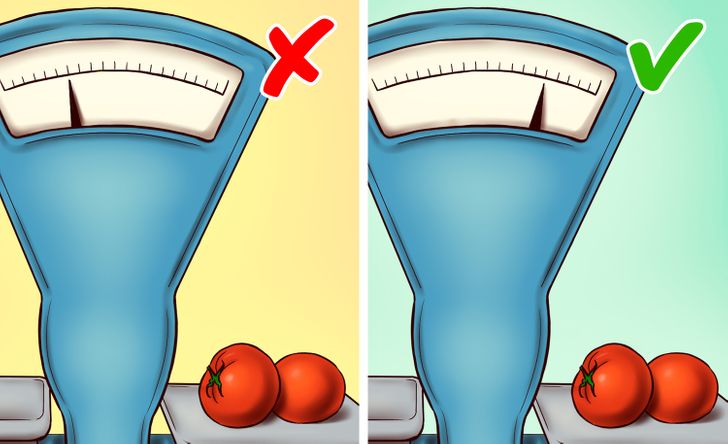
Whenever possible, avoid buying tomatoes in plastic containers. This is because you will not be able to verify that they are new and the same container can include pieces in different stages of maturity.
The skin should be smooth and firm and when you take it you should feel a constant weight. A ripe tomato can double the weight of a green tomato.
Smell it. If you don’t detect anything, the tomato has not yet ripened. Tomatoes should smell like tomatoes, especially where they connect to the stem.
How to Choose Melon
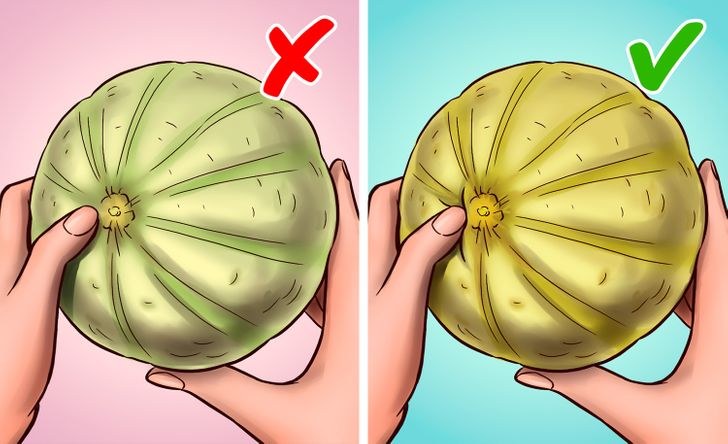
The bark of a sweet melon shouldn’t be too green. If it has yellow tones, this indicates that the melon has spent a long time in the ground in sunlight and, therefore, will be sweeter.
Take the melon and hit the side. If it vibrates, the melon will be at the ripe point.
You can bring it to your ear. If you hear water inside, it means that it has matured too much and has started to deteriorate.
Touch the 2 ends of the melon and apply a little pressure. If they are soft, the melon will be sweet.
How to Choose Pepper
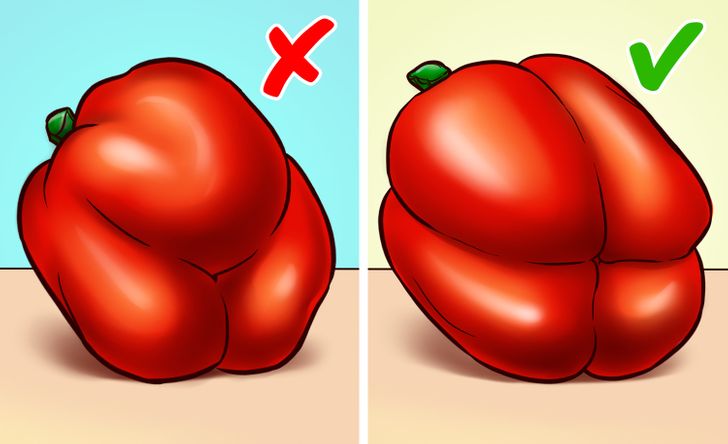
The first thing to check is if the pepper has an intense color without stains. When you choose it, it may have a consistent weight.
So you need to look below. If you have 2 or 3 lumps, it will be more bitter than if you have 4 lumps. By contrast, 4-core peppers have fewer seeds, which can make them more practical for recipes in which they will be cooked.
Check the state of the stem. If it is green, firm, and crisp, it is a sign of freshness.
How to Choose Fish
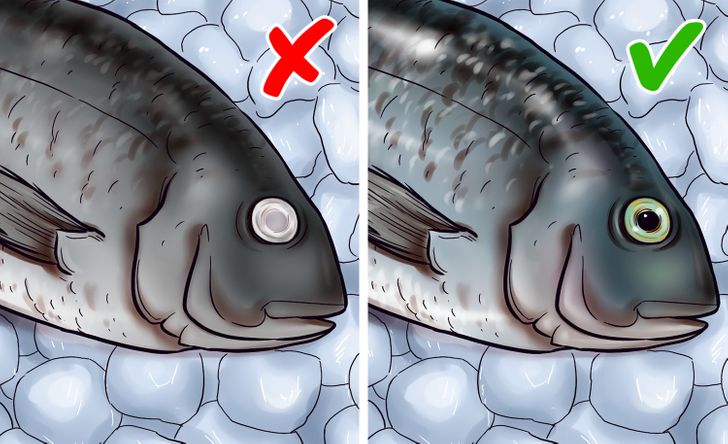
First, look at the fish in the eye. Check that the eyes stick out and the pupils are shiny black.
The skin should be shiny and silky to the touch. If the skin feels sticky or dull, the fish is not fresh.
Remember that the flesh must be firm and translucent, with an elastic and smooth surface. If you squeeze a fish fillet, there should be no trace of your fingerprint.
Do you put these tricks into practice? Do you have any other tips that you would like to share with us to complete this guide?


